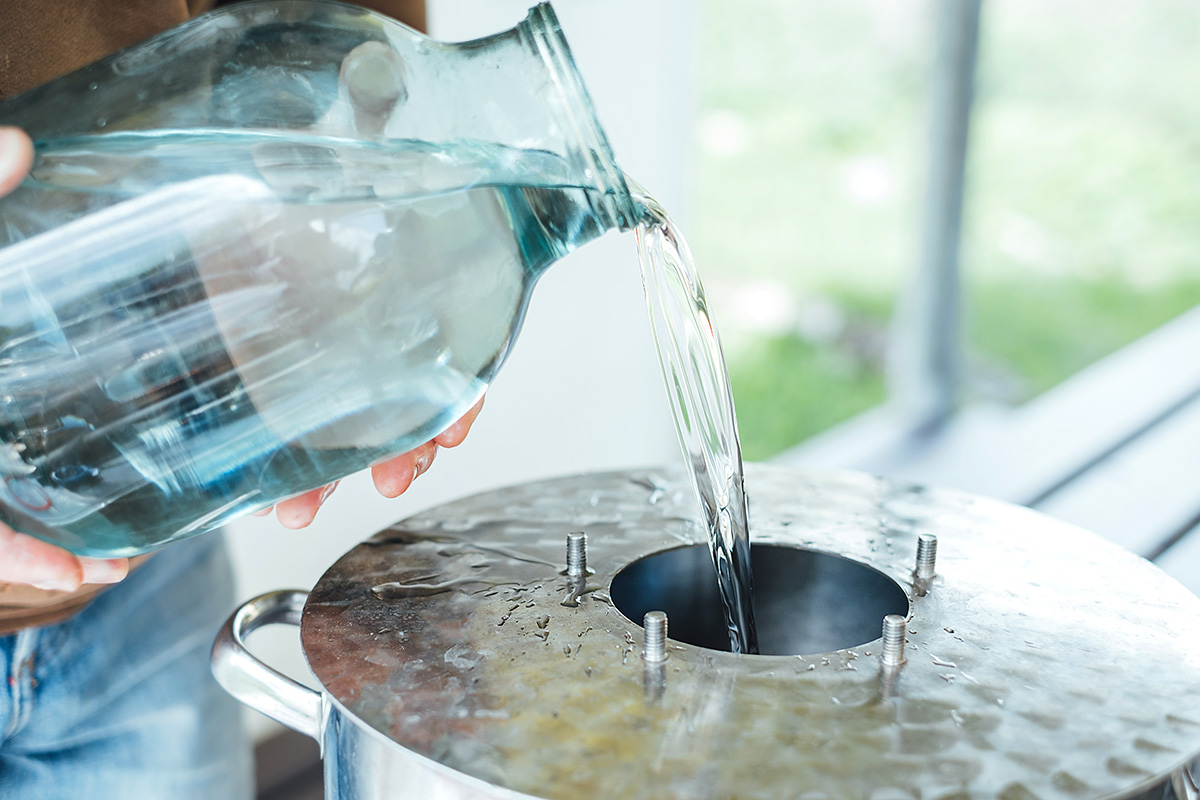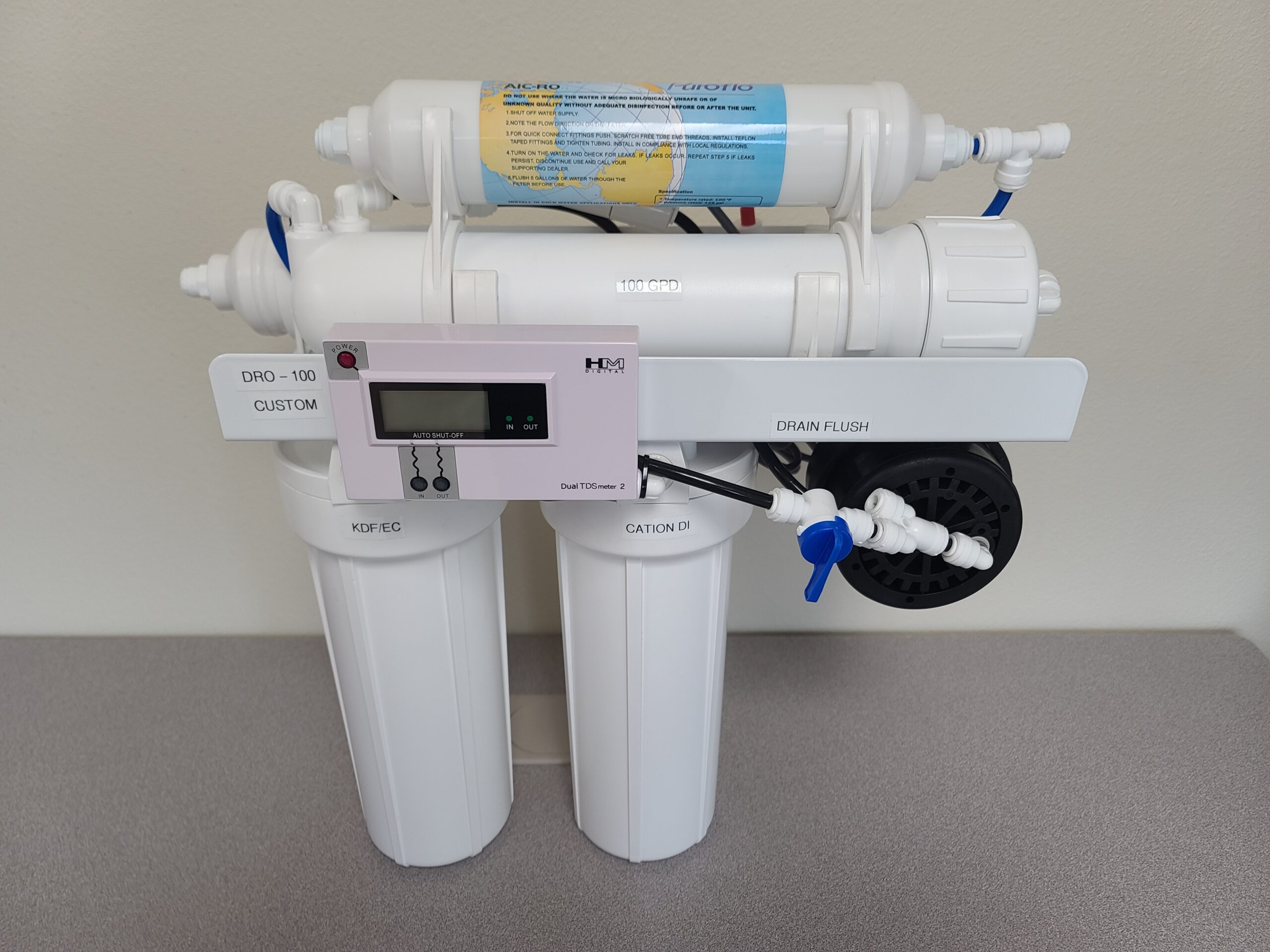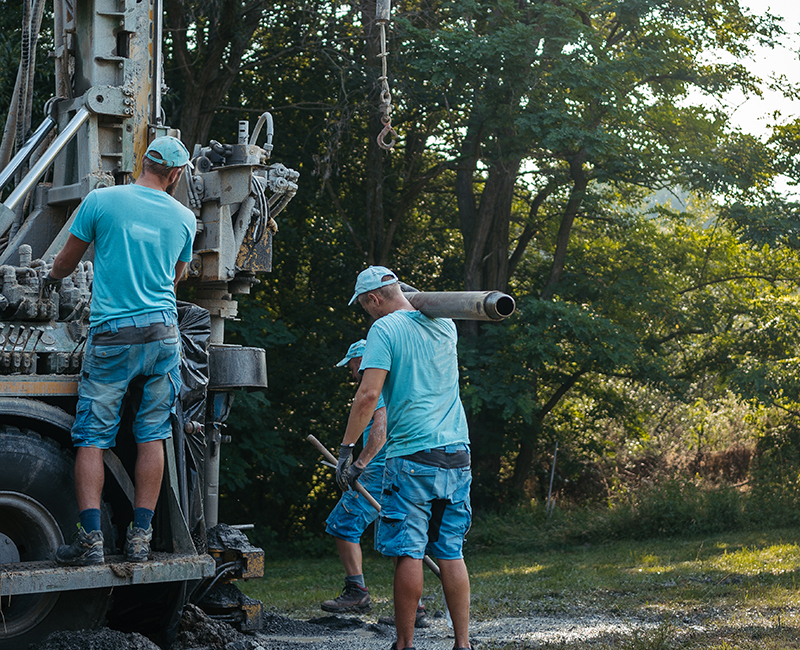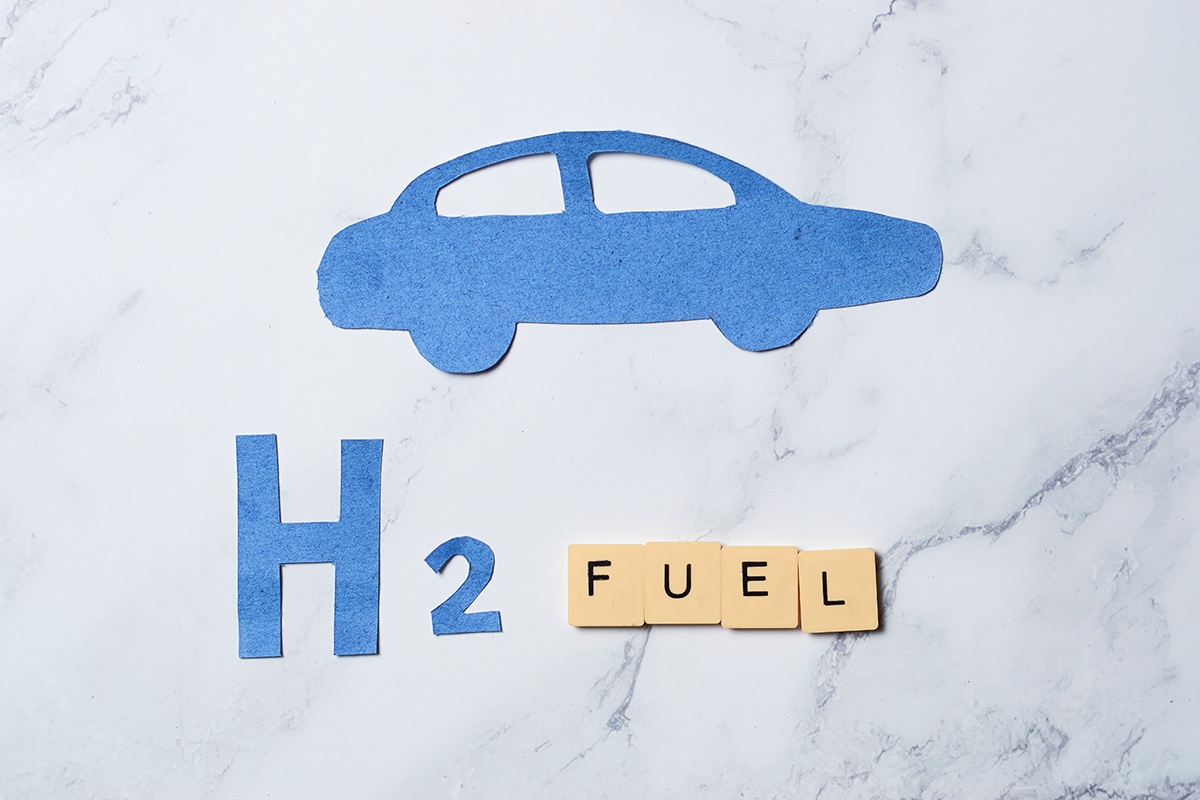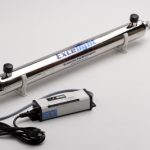 According to the CDC website, as of April 3, 2020, there has been no report of COVID-19 being in a drinking water source. This particular virus went from being known and understood by a segment of the scientific community to general awareness in about 60 days. There is no direct statement by the CDC that the COVID-19 virus can be transmitted via drinking water, but they do state that filtration and disinfection chemical processes used by most municipal water systems should remove or inactivate the virus. Words like most and should are not particularly reassuring. Intuitively, if any of these particular viruses exist in the water, danger would exist via inhalation or facial and oral exposures.
According to the CDC website, as of April 3, 2020, there has been no report of COVID-19 being in a drinking water source. This particular virus went from being known and understood by a segment of the scientific community to general awareness in about 60 days. There is no direct statement by the CDC that the COVID-19 virus can be transmitted via drinking water, but they do state that filtration and disinfection chemical processes used by most municipal water systems should remove or inactivate the virus. Words like most and should are not particularly reassuring. Intuitively, if any of these particular viruses exist in the water, danger would exist via inhalation or facial and oral exposures.
The entrance of the virus into the water seems to be via incompletely treated sewerage being discharged into bodies of water that are ultimately used as drinking water sources. The sewerage has the virus present because it has recently been found in human stool samples. I would assume leachate from septic systems and land fill disposal sites containing diapers could also be sources. These sources will quite possibly remain active after the face-to-face transmission has subsided.
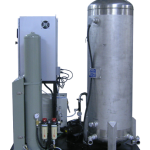 For protection at the entrance to a facility (POE) there are options such as adding extra chlorine with a properly sized retention tank or as a convenient alternative a properly sized Ultra Violet (UV) system matched with a 5 micron or finer cartridge filter. For protection where water for drinking and cooking is obtained (POU) a reverse osmosis unit paired with a small UV light is the approach to take.
For protection at the entrance to a facility (POE) there are options such as adding extra chlorine with a properly sized retention tank or as a convenient alternative a properly sized Ultra Violet (UV) system matched with a 5 micron or finer cartridge filter. For protection where water for drinking and cooking is obtained (POU) a reverse osmosis unit paired with a small UV light is the approach to take.
Ozone systems can also be adapted for POE and POU applications.
Before committing to any company or individual for treatment of water for this virus or any related water issues, be certain that you are working with knowledgeable people that have a long history and an interest in your wellbeing.


